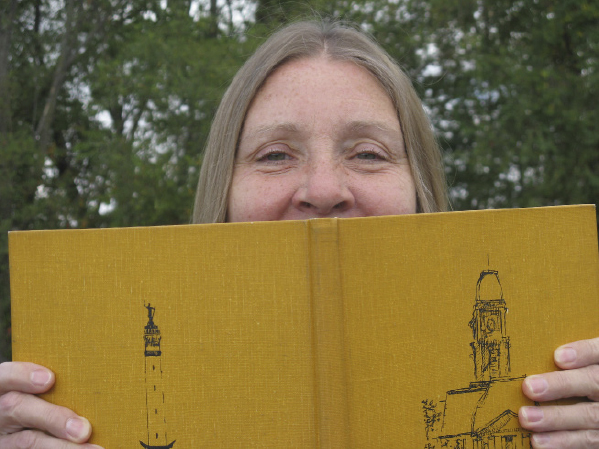The Death of Benjamin Fisher

The only deadly encounter on record between Native Americans and Hamilton County’s white settlers took place a little over 200 years ago in Strawtown. What sparked it wasn’t a conflict over land, however, but rather justified outrage over a murderer going unpunished.
Unfortunately, the exact details of the incident were already growing murky over 100 years ago. In fact, T. B. Helm noted in his 1880 county history that “ . . . there are almost as many versions as there are people who have heard the circumstances narrated.”
The basic facts are fairly solid, though.
One of Strawtown’s earliest settlers was a man named John (or maybe Philip — more on that later) Shintaffer. Shintaffer operated a small trading post, primarily selling whiskey and buying furs. Most of his trade was with Indians because there were so few settlers in this area at that time.
In the early spring of 1821 one or two (accounts differ) well-lubricated Indians — usually identified as Potawatomis — got into an argument with the trader, accusing him of watering down the whiskey.
The hot-tempered Shintaffer reacted by tossing the Indian into a roaring fire. He then stood by and watched the poor man burn to death. (In the version with two Indians, the second Indian was seriously burned but survived.)
Sometime between April and June (accounts differ,) while a few of Shintaffer’s neighbors were at the trader’s cabin to sharpen their axes — Shintaffer owned the only good grindstone in the area — a small band of Indians arrived to avenge their fallen comrade.
Although the settlers weren’t crazy about Shintaffer themselves, they felt they had no choice but to defend him.
A battle was fought with clubs, stones, and tomahawks. When it was all over, one of the Indians was dead, as was settler Benjamin Fisher.
A short time later, Shintaffer, who’d caused the whole thing, packed up his family and bugged out.
After the fight, relations between the Native Americans and the settlers were a little tense for a while, but no more blood was shed and eventually things settled down.
I tried tracking Shintaffer down to see what became of him, but that trail got a little murky, too. (Encountering over a dozen different spelling variations for “Shintaffer” didn’t help.)
The only references I could find to “John Shintaffer” in that time frame are connected to Hamilton County histories. The 1820 United States census doesn’t show a “John Shintaffer” in this area.
A “Philip Chintaffer,” does appear in the 1820 census for this county, however, so I checked later reports, and found “Philip Shintaffer/Phinlaffor/Sintaffer” in Greene County, Indiana in 1830 and “Phillip Shintaffen” in Cass County, Michigan, in 1840. (A Michigan land entry establishes that the 1830 and 1840 censuses refer to the same person.)
Although one Greene County history notes that their Shintaffer possessed a “quick temper,” just like the Strawtown trader, I’m not completely comfortable identifying him as “our” Shintaffer.
For one thing, Helm got his version of Benjamin Fisher’s death straight from Fisher’s daughter, Mary Fisher Simmermon and Mrs. Simmermon told Helm the trader’s first name was “John.” I can buy that she might have gotten some details of the tale wrong after 50-odd years, but it’s difficult to believe she would ever forget the name of the man responsible for her father’s death.
Also, census records are only as good as the census taker and some of those people weren’t that reliable, especially in the early days.
Because good history is built on facts, not assumptions, and because the only documentation I could find connecting the Greene County/Michigan man to Hamilton County is a name, I’m just going to end this by echoing our early county historians — Shintaffer disappeared and was never heard from again.
– Paula Dunn’s From Time to Thyme column appears on Wednesdays in The Times. Contact her at younggardenerfriend@gmail.com
